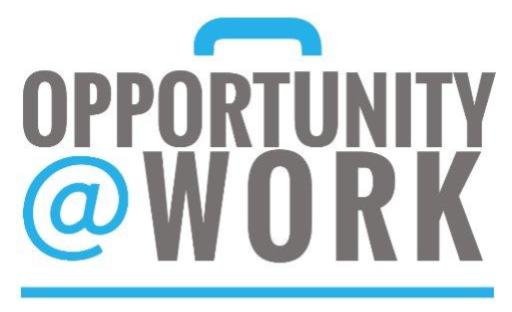In today’s economy, a post-secondary education is practically essential to landing a good-paying, meaningful career. For many Americans, continuing their education after high school requires careful, oftentimes worrisome, consideration as to how to finance their tuition. Students often turn to scholarships, grants, loans, and even credit cards to pay for their schooling. But what if students aren’t able to qualify for any of these traditional financing vehicles due to poor credit or a lack of credit history? How will they pay their tuition?
Unfortunately, an inability to secure financing bars a number of deserving and even academically gifted students from continuing their education. This is especially true in underserved communities where an individual may be the first in their family to seek post-secondary training. Moreover, the prospect of having to repay burdensome student debt may dissuade students from applying for the loans in the first place.
In order to expand access and equity in post-secondary education, nonprofits, enterprises, and forward thinking philanthropists are partnering to give students an innovative option to finance their tuition – Income Share Agreements (ISAs).
What Is An ISA?
An ISA is a United States financial structure in which an organization or individual gives a certain amount of money to a student in exchange for paying back a percentage of his/her income for a fixed number of years after graduation. Simply put, a financier pays the costs of a student’s education in exchange for a percentage of the student’s income, for a set timeframe, after he/she enters the workforce.
Why Consider An ISA?
 Unlike loans, ISAs have no principal balance or interest rate to repay. Students typically pay 5-10% of their adjusted gross income over a set period of years, per the agreement. Not to mention that loans require students to repay what they owe plus interest that accrues until the debt is paid off. Furthermore, student loans are notoriously difficult, sometimes even impossible, to discharge in the event of bankruptcy.
Unlike loans, ISAs have no principal balance or interest rate to repay. Students typically pay 5-10% of their adjusted gross income over a set period of years, per the agreement. Not to mention that loans require students to repay what they owe plus interest that accrues until the debt is paid off. Furthermore, student loans are notoriously difficult, sometimes even impossible, to discharge in the event of bankruptcy.
After post-secondary education is complete, payments on most loans (excluding federal income-based deferment) kick in no matter the level of the borrower’s income. In contrast, an ISA does not require an individual to pay back anything if he/she earns less than $35,000 annually.
This financing structure creates a more favorable alignment of interests between the investor and the student: both parties are invested in the success and financial well-being of the student as he/she enters the workforce.
Overall, ISAs allow students the opportunity to further their education or training without the stress of going into debt. They are free to focus on learning and mastering their skills so that they can secure for themselves a prosperous future.
Our Learn and Earn Pilot Program
The Michelson 20MM Foundation has recently partnered with nonprofit Opportunity@Work in an initiative designed to increase educational access for underserved students. Opportunity@Work and pilot teaching partner General Assembly are offering a 14-week tech training program for students who are typically underrepresented in the tech community, and otherwise unable to afford the cost of training. Select applicants will learn valuable coding skills and have 100% of their tuition fully covered, while also receiving $2100 each month for living expenses. Following course completion, General Assembly’s career counselors will support the student’s search for a high-paying tech job. In return, the student agrees to repay a portion of their income, for a designated timeframe, to help finance future student training.
